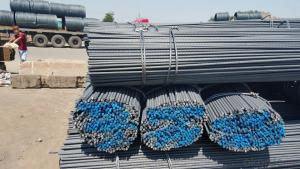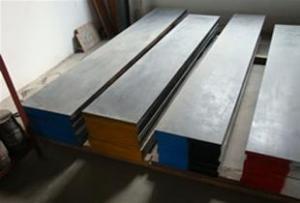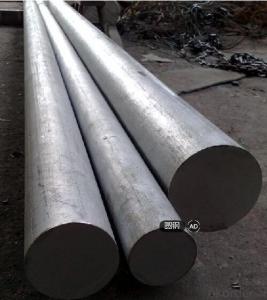Blue Steel Rebar
Blue Steel Rebar Related Searches
Blue Stainless Steel Billet Steel Rebar Steel U Bar Rebar Coil Rebar Identification Rebar Stirrups Ss Rebar Rebar Lengths Standard Steel Deformed Bar Blue Fin Coating Stone Steel 1 Inch Steel Bar Recycle Stainless Steel Joining Steel Beams Rimming Steel Steel Outdoor Bench Steel Partition Wall Rebar Tensile Strength 30M Rebar L Beam Steel Bluing Stainless Steel Rusting Galvanized Steel Rebar 10Mm T10 Rebar Frp Rebar Rouging Stainless Steel Wire Rod Steel Billet Rebar Raw Material For Steel High Speed SteelBlue Steel Rebar Supplier & Manufacturer from China
Blue Steel Rebar, also known as deformed steel bars, are essential construction materials used in reinforced concrete structures. These rebars provide strength and stability to the concrete, ensuring the structural integrity of buildings and infrastructure projects. They are characterized by their ribbed surface, which enhances the bond between the rebar and the concrete, resulting in a robust and durable construction.Blue Steel Rebar is widely used in various applications, including residential and commercial buildings, bridges, tunnels, and other civil engineering projects. The rebars are available in different diameters and grades, catering to the specific requirements of each project. They are designed to withstand high tensile strength and are resistant to corrosion, making them an ideal choice for long-lasting construction solutions.
Okorder.com is a leading wholesale supplier of Blue Steel Rebar, boasting a vast inventory that caters to the diverse needs of the construction industry. The company prides itself on offering high-quality products at competitive prices, ensuring that customers receive the best value for their investment. With a commitment to excellence and customer satisfaction, Okorder.com is the go-to source for Blue Steel Rebar and other construction materials.
Hot Products



















































